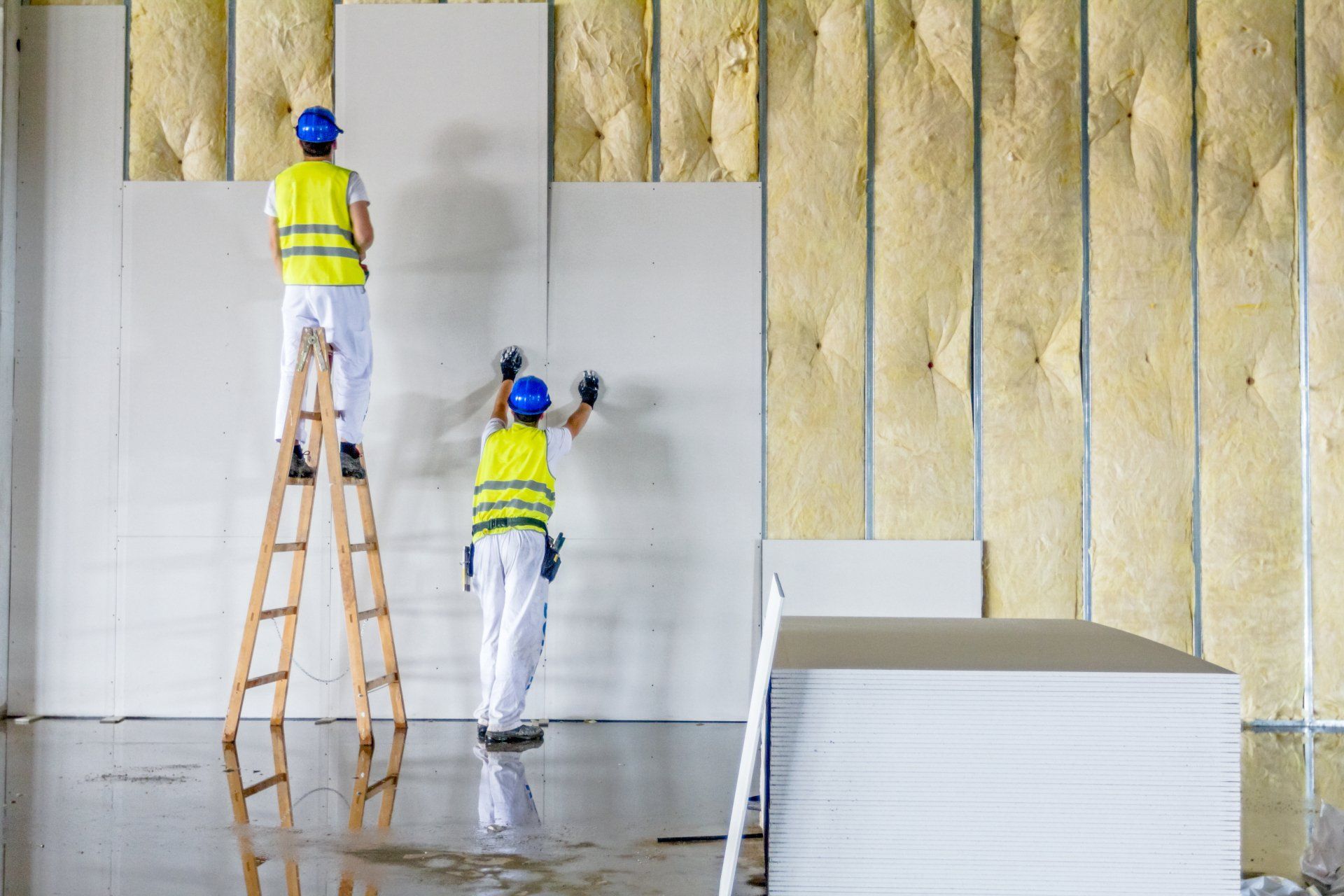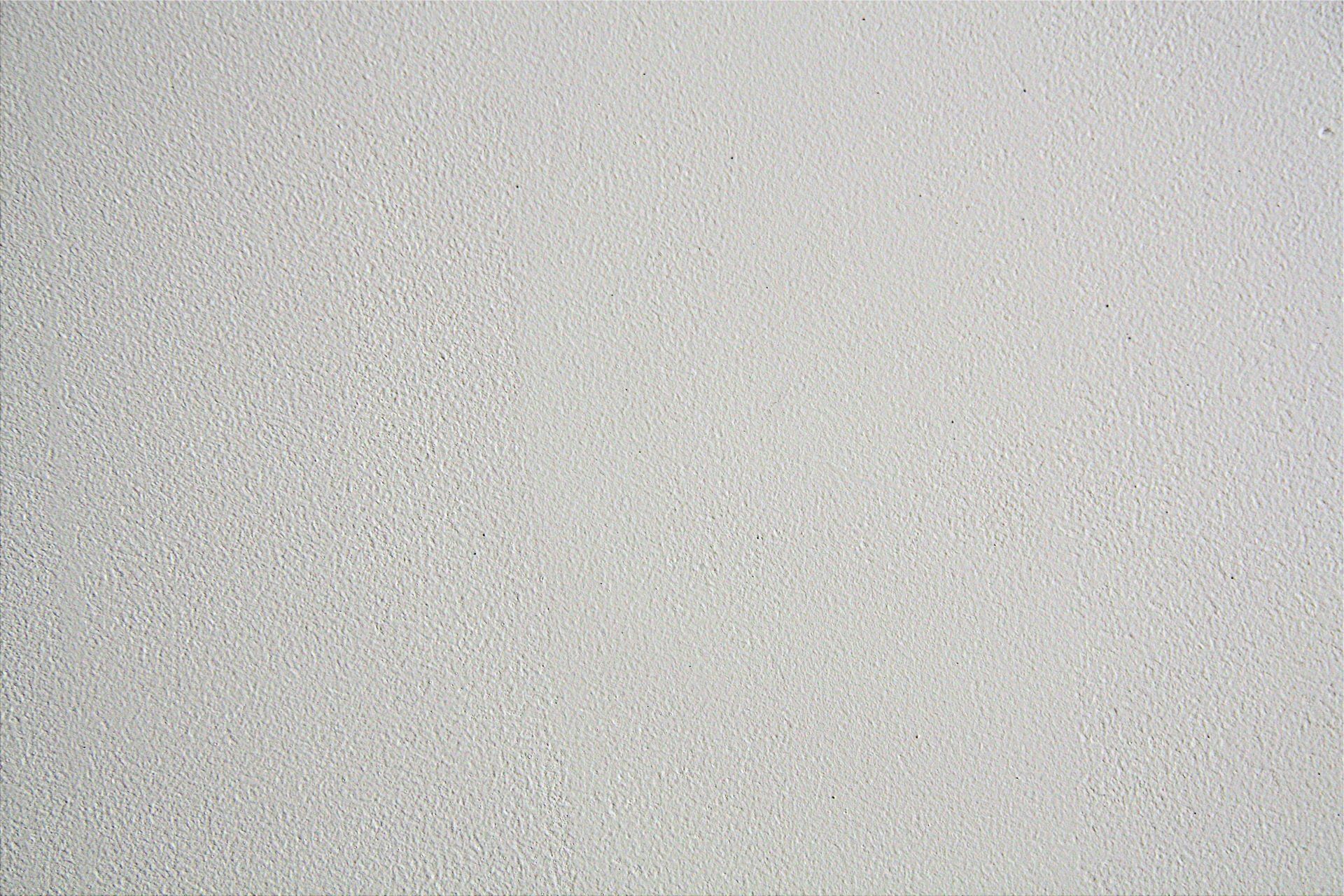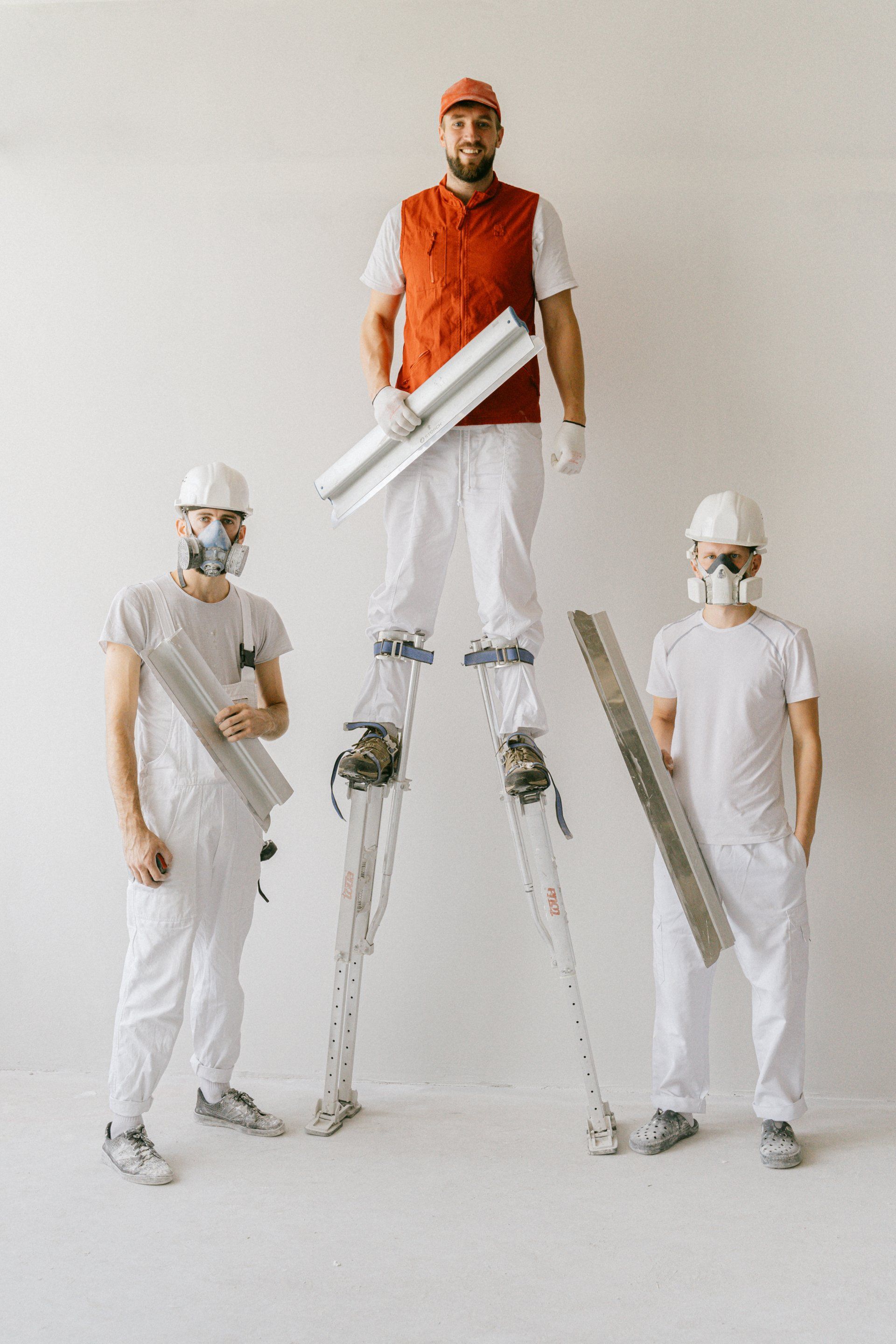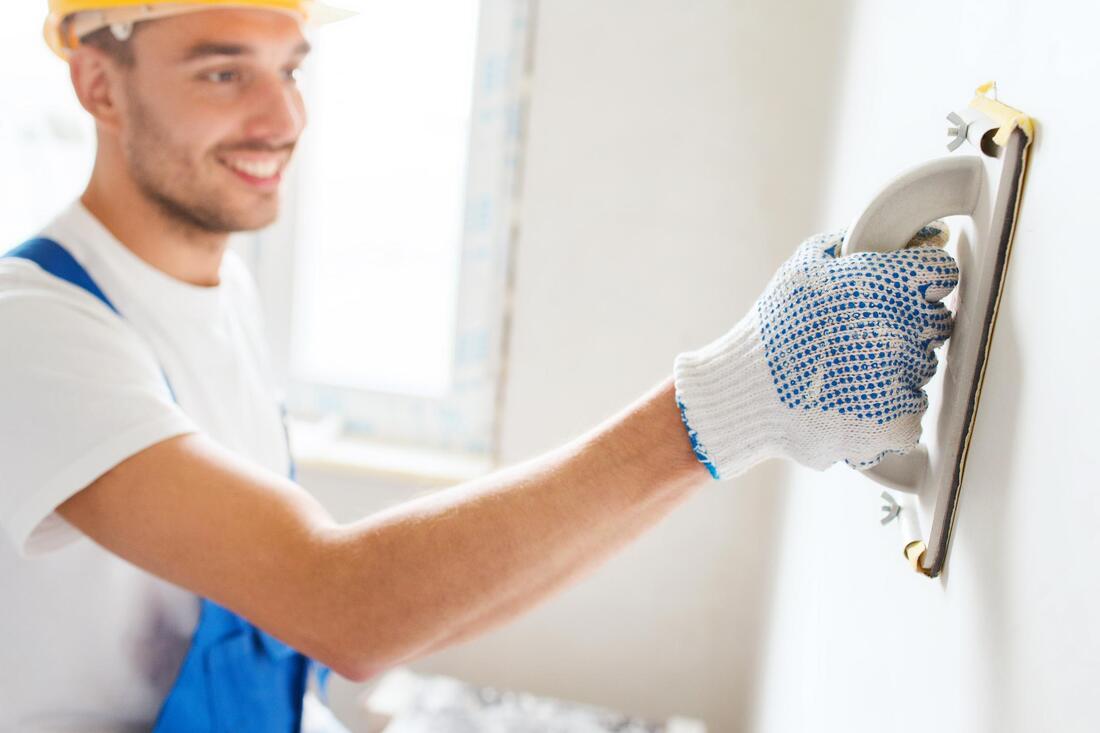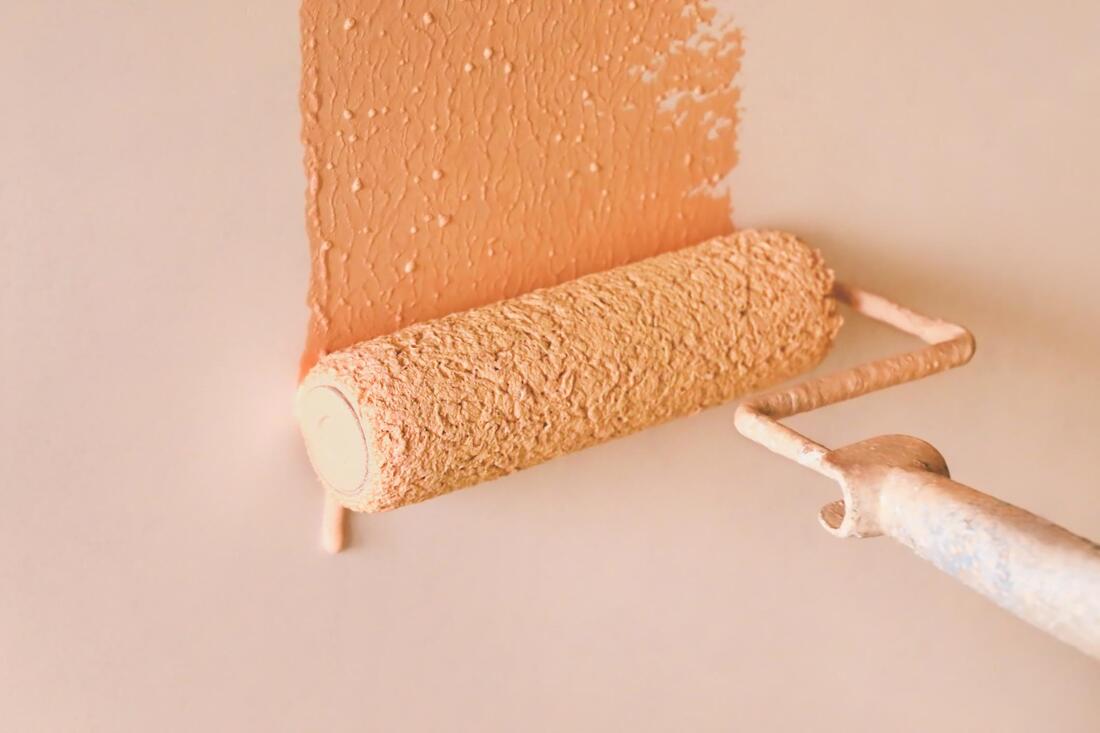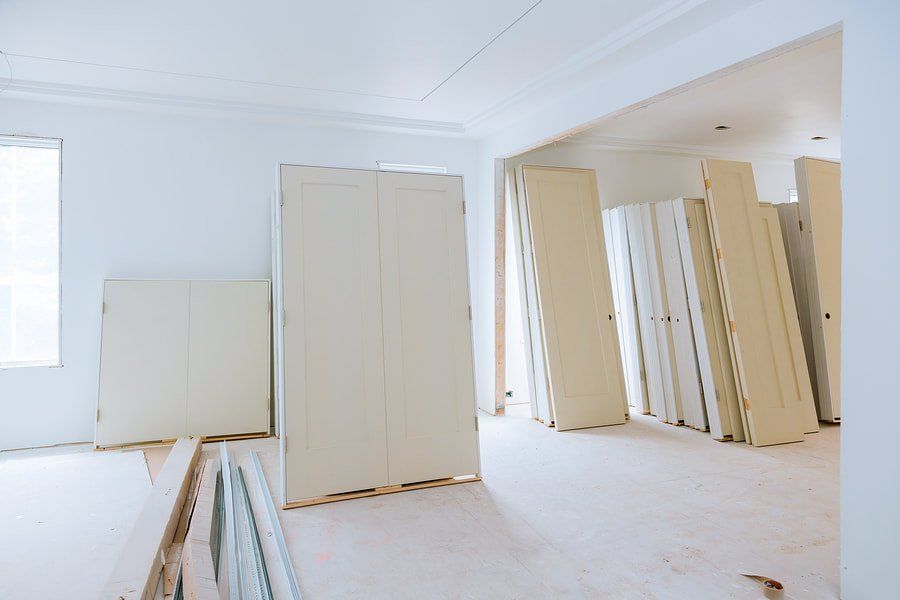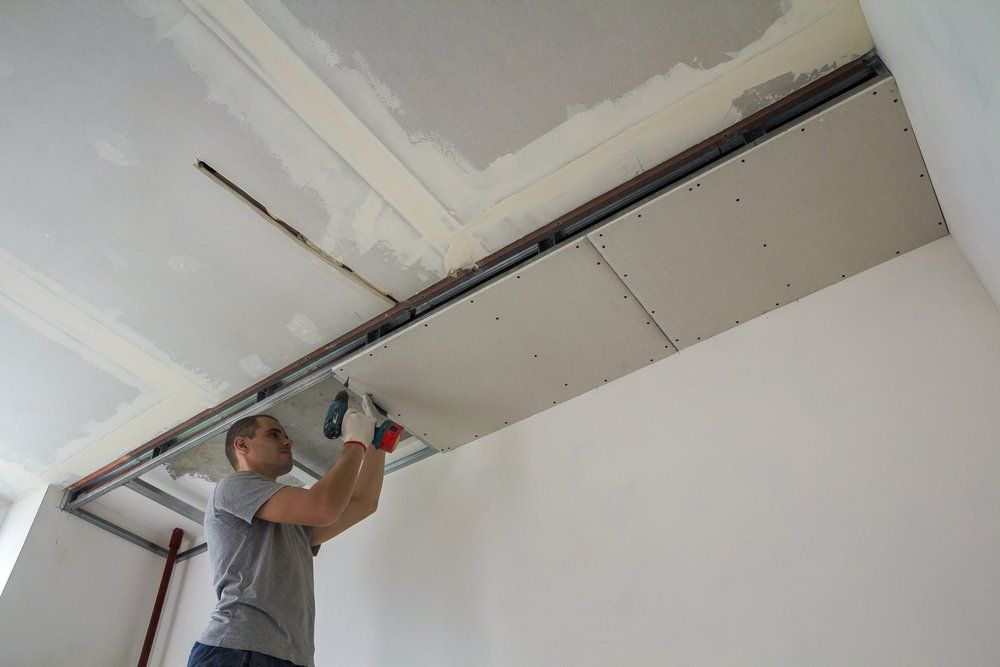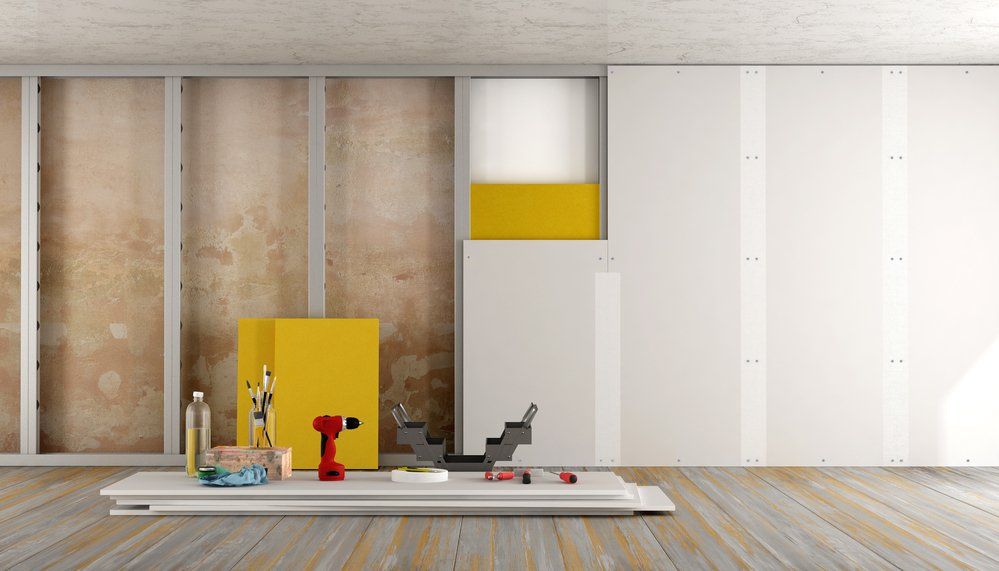The Importance of Drywall Sanding
The Importance of Drywall Sanding
Drywall is becoming a popular choice for homeowners because it saves money, is easy to install, and has many other benefits. Every successful drywall installation in Orange County requires five finish levels. Level 4 is when we have the drywall sanding.
It is one of the most critical steps in putting up drywall. Here, you give the tape and screws another coat of joint compound and sand the dried compound. This is the level you usually use when painting or covering a wall with wallpaper.
Drywall Sanding: The Process
Drywall is one of the most common things used for walls and ceilings. This durable material comes in sheets. You'd have to cover the seams with drywall tape and mud, and then the surface gets sanded to make it smooth.
This job takes a long time and is messy. If you want to save time and be happy with the end product, hire some
drywall contractors in Orange County to install and finish your drywall. Besides, as a homeowner, you'd have better things to do with your time than spend hours sanding seams to get your walls ready to paint. You can do this yourself (but it won't be easy), or you can hire a professional to do it for you. Either way, you can't skip this vital part of drywall installation.
Types of Drywall Sanding
Drywall sanding can be in two ways: dry sanding or wet sanding.
How Does Dry Sanding Work?
The most common way to finish drywall is by sanding it dry. You can use sandpaper to remedy little faults, but a large sander is best for the entire wall. To do this, you need to put even pressure on the tool and move it across the wall in small circles.
Even though this method works, it is very messy. Dry sanding creates a lot of dust, which will cover everything around your project if you don't keep the area contained. But you can only use this method when the joint compound is dry. If you try to use a sander on the drywall before it is dry, you could damage it. You also need to be careful not to scratch the drywall by pressing it in different places.
How Does Wet Sanding Work?
When the drywall hasn't dried thoroughly, you use wet sanding to smooth it out. Some people like this method because it doesn't make dust or a mess. However, the result isn't as smooth as dry sanding because it uses a sponge instead of a sander. If you want to give your wall a lot of texture, the best way to do it is to wet-sand it.
Wet sanding is an excellent choice if you want to put tile on your wall. You won't have any drywall dust to clean up, and you won't have to wait for it to dry before you can start sanding. But because this sanding method leaves a rough surface, you can't use it on walls that you want to paint.
Wet-sanded drywall won't let the paint go on smoothly. So, you need to know what kind of finish you want before you can decide which type of sanding is best for your project.
Why Drywall Sanding?
Even if you are very careful when you apply the drywall mud, the surface will still be rough and gritty. Drywall mud shrinks as it dries, so if you don't sand it carefully, it will leave edges, peaks, and rough spots on your walls and ceiling that you can see.
You can sand your drywall, but it will take you a lot of time and effort to do so. Not only is it hard to reach the whole length of a taped seam, but it can also be hard to get a perfectly smooth seam.
Here are three reasons why you should sand drywall if you want your house to look neat and consistent.
It Fixes the Holes
Professional drywallers use nails, screws, and angles to make sure the job goes smoothly and the walls fit perfectly. But when you use these tools, they scratch, dent, and make holes in the drywall. The good news is that a good sanding will fix these flaws and leave a smooth, even surface.
It Provides a Flat Surface for Painting
The mud used to hang drywall doesn't dry in a smooth way. When it's dry, mud is rough and hard. This makes the surface rough, making it almost impossible to paint on. If you want to paint your house, you'll have to sand down the drywall to make a smooth surface.
It Gives a Uniform Finish for the Whole House
In each room, the installers use different nails, screws, and angles, and how they spread the mud varies from room to room. If you don't sand the walls after putting up drywall, they will look different in every room of your house. Sanding gives your home a uniform look, so it doesn't feel like it's of differing parts.
Why Should You Hire an Expert Drywall Crew?
To sand drywall safely and well, you need tools that exist for a perfect job. If you have the proper safety gear, the fine dust won't get in your mouth, nose, or eyes. Also, you might be unable to sand some spots with a small sanding pad or sponge, but a professional sander will smooth out seams in a whole room more readily.
Without the right tools, it's especially hard to work on ceiling seams. Most pros use scaffolding or stilts to get to these seams easily. It takes time and can be dangerous to move a ladder back and forth. If you decide to hire
drywall contractors in Orange County, they will use dry sanding, wet sanding, or a combination of the two to make seams that look amazing. And while you're at it, you can also check out our article on the
reasons orange county homeowners install drywall at home these days. You could find more helpful insight as you plan toward yours!
